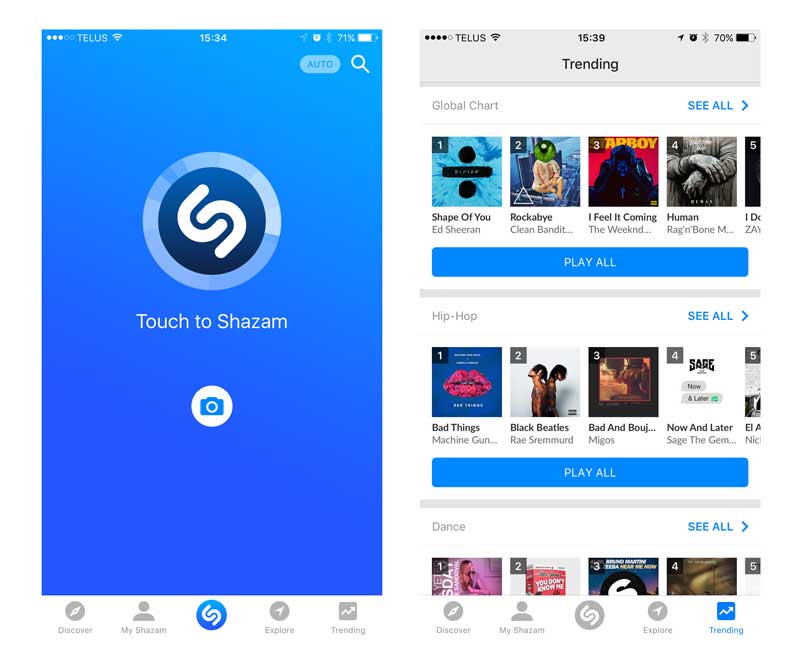Happy February! With the year in full swing, it’s time to celebrate the very best design 2017 has to offer. We’ve gathered some UXperts from across the globe to share their favorite websites and apps with us, right now.
Happy February! With the year in full swing, it’s time to celebrate the very best design 2017 has to offer. We’ve gathered some UXperts from across the globe to share their favorite websites and apps with us, right now.

On the photos section, the content and visual hierarchy are effective and were created in an intuitive way that makes it easy to use. The functionalities I use the most (SAVE and swinging TAGS) behave visually as focal points, while asking questions and finding related images are less prominent, secondary elements.
The consistency of the ‘back’ and ‘close’ functions take you exactly where you would expect, giving a sense of location even if you’ve opened dozens of screens before.

The flat and minimal design works well with the massive amount of content and gives focus to the high quality photos. This makes you want to click on a photo, which leads you keep browsing. It becomes an endless relationship with the website, without feeling overwhelmed by it.

The main screen uses scale and color to highlight the most important tasks which allows me to quickly add an entry (by using the plus icon), look at pictures already used (by using the camera icon), or easily scroll through the timeline and read my previous entries. The interface is extremely intuitive and upon launch it is easy to know exactly where to start. The app is also finger friendly.
I see secondary functions such as search, settings, and a calendar presented as smaller icons that once again accurately describe functionality without the need for a manual. The overall interface is aesthetically pleasing, uncluttered and very effective in both its communication and execution.


This app is a very simple and to-the-point experience that doesn’t try to get in your way. The interface has a nice sense of information architecture and visual hierarchy which makes it easy to understand track titles from artists, and categories. The user flow is also simplified to what the end user’s goals are.


I chose a pattern to follow, implemented it faithfully for a week, reflected on the process, and either continued or changed the process based my experiences the previous week.
After a few weeks, I realized I’d implemented the UX research process: I created a flow, tested it extensively, then analyzed it in order to make changes. Most importantly, my daily transfer of ‘to-dos’ to the next day has made me evaluate and re-evaluate everything on the list in order to prioritize everything.
